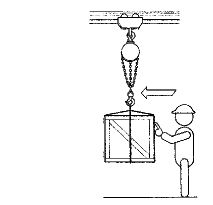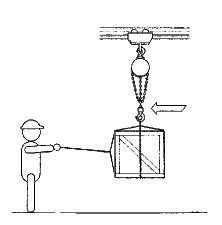How to Use of Lever Block / Chain Hoists – Wristrong Industry China
Pubdate: Apr 8,2021 Preview: 1,675
When should you inspect the materials hoists?

- Schedule a detailed inspection of all hoists.
- Follow the manufacturers' recommended maintenance schedules.
- Inspect hooks, ropes, brakes and limit switches for wear and damage every working day.
- Replace items not operating properly. Tag defective items and remove from service for repair by a competent person.
- Post the safe load limit on the hoist.
- Inspect the hoist before lifting a load. Check the upper and lower hooks to see that they swivel. Replace any worn chain or wire rope immediately. Tag any defective chain or rope and remove from service.
- Keep wire ropes and chains lubricated.
- Hoist from directly over the load. If not centered, the load may swing when lifted.
- Hang hoists solidly in the highest part of the hook area. Rigged this way, the hook support is directly in line with the hook shank
- Lever operated hoists can be used to pull in any direction, but a straight line pull must be maintained. Side pulling or lifting increases wear and sets up dangerous stress levels on hoist parts. Only one person should pull on hand, chain and lever hoists.
- When loading the lower hook, place the load directly in line with the hook shank. Loaded this way, the load chain makes a straight line from hook shank to hook shank.

- Pushing a loaded hoist is safer (A). If it must be pulled, use a rope (B).
 A |

B |
- Stand completely clear of the load.
- Seat the load properly in the hook.
- Move hoist controls smoothly. Avoid abrupt, jerky movements of the load. Remove slack from the sling and hoisting ropes before lifting the load.
- Remove all loose materials, parts, blocking and packing from the load before starting the lift.
- Make sure everyone is away from the load before starting to hoist.
- Do not use hoisting equipment for lifting people.
- Do not pass a load over workers.
- Do not tip a load. The load is unstable and harms the hook and hoist.
- Do not insert the point of the hook in a link of the chain.
- Do not hammer a sling into place.
- Do not leave slings dangling from the load hook. Place sling hooks on the sling ring when carrying slings to the load.
- Do not raise loads higher than necessary to clear objects.
- Do not exceed a hoist load limit.
- Do not leave suspended loads unattended.



